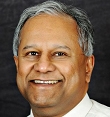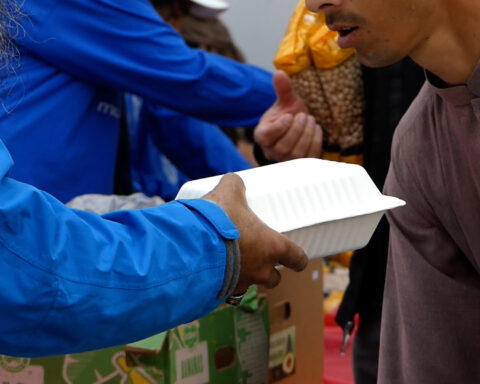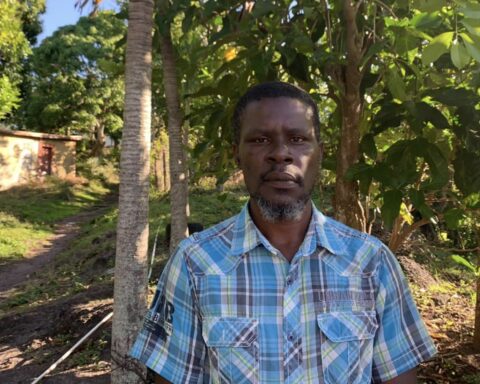Adrian is proud of his eight-year old son’s facility with English and his general ease in adapting to the ways of his new Canadian surroundings. “He is now our family’s interpreter when we visit our doctor,” says the newcomer father from Romania. What he doesn’t know is that his case is not unique. His son is among the horde of children doing a task they shouldn’t be doing.
Health care providers and managers say this is not an ideal situation as children might be getting exposed to health information about their parents that they either can’t comprehend or isn’t appropriate for them to know.
With various studies conducted over the past few years indicating that language is an enormous barrier for many newcomers when accessing healthcare, iamsick.ca, a social enterprise, has come up with a solution to bridge the gap. “With the support of the broader community, we are leveraging Canada’s diversity to reduce barriers through web and mobile technology,” says Ryan Doherty, its president and co-founder.
Using publicly available data, the site provides a curated listing of all emergency rooms, urgent care centres, walk-in clinics, and pharmacies. It also helps you find physicians and pharmacists who speak your language. The service, currently available only in Ontario, has a database of healthcare providers who can speak 25-plus languages other than English or French.
“Translation can be expensive and not accessible. It’s common to have children of immigrants translating for their parents on medical issues,” Dr. Meb Rashid, clinical director of the Crossroads Clinic at Women’s College Hospital in Toronto was quoted as saying in the Toronto Star. “You do need a more sophisticated command of the language. Something like this, that acknowledges the difficulty in language access, is a tremendous help.”
Expanding into British Columbia
Fresh from a crowd funding campaign that raised over $3,000 but fell short of the $9,000 goal, Ryan, a University of Toronto Medical Biophysics doctoral candidate, was optimistic of expanding into British Columbia by July. The west coast province was selected as it received most votes from supporters of the fundraiser.
“While reaching our funding target would have allowed us to expand quicker, it isn’t holding us back from our vision of leveraging technology to help everyone access healthcare in Canada,” says Ryan.
He and his multi-disciplinary team, that includes tech advisor and co-founder Sherry-Lynn Lee, are now looking at establishing more partnerships with healthcare providers and organizations.
“Later this year, we will be piloting a few new features that focus on access beyond just awareness. They are related to family medicine and will improve same-day and after-hours access to family doctors.”
One-stop resource
Initially the online guide was just a locator for nearby health facilities with information on opening hours. The team came up with the idea in 2012 when some of their fellow University of Toronto friends complained about not knowing where to go when the campus clinic closed.
Even as a simple locator it had its uses. “It was a one-stop resource for answering ‘Where?’” says Jemy Joseph, a University of Ottawa medical student, from her clinical experience. “Even during a rotation in Moose Factory [a very remote island in Ontario], I was able to tell my patients when the pharmacy was open!”
It was only this spring that the language filter was added to the website. Ryan estimates a potential audience of more than 700,000 users across Canada who could use an interpreter due to language barriers in healthcare.
Apart from language and the dangers involved in using children and youth as interpreters, there are other gaps the iamsick.ca project could help bridge. These include cultural differences brought about by ethnicity, a care provider not knowing how to use an interpreter appropriately, a lack of reliable professional interpreter services, and lack of printed information in the patient’s first language.
Re-published with permission from Maytree Conversations.
Ranjit is a Toronto-based writer with interest in Canadian civic affairs, immigration, the environment and motoring. Maytree and Al Jazzera English alumnus.





